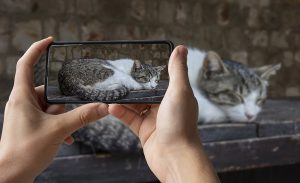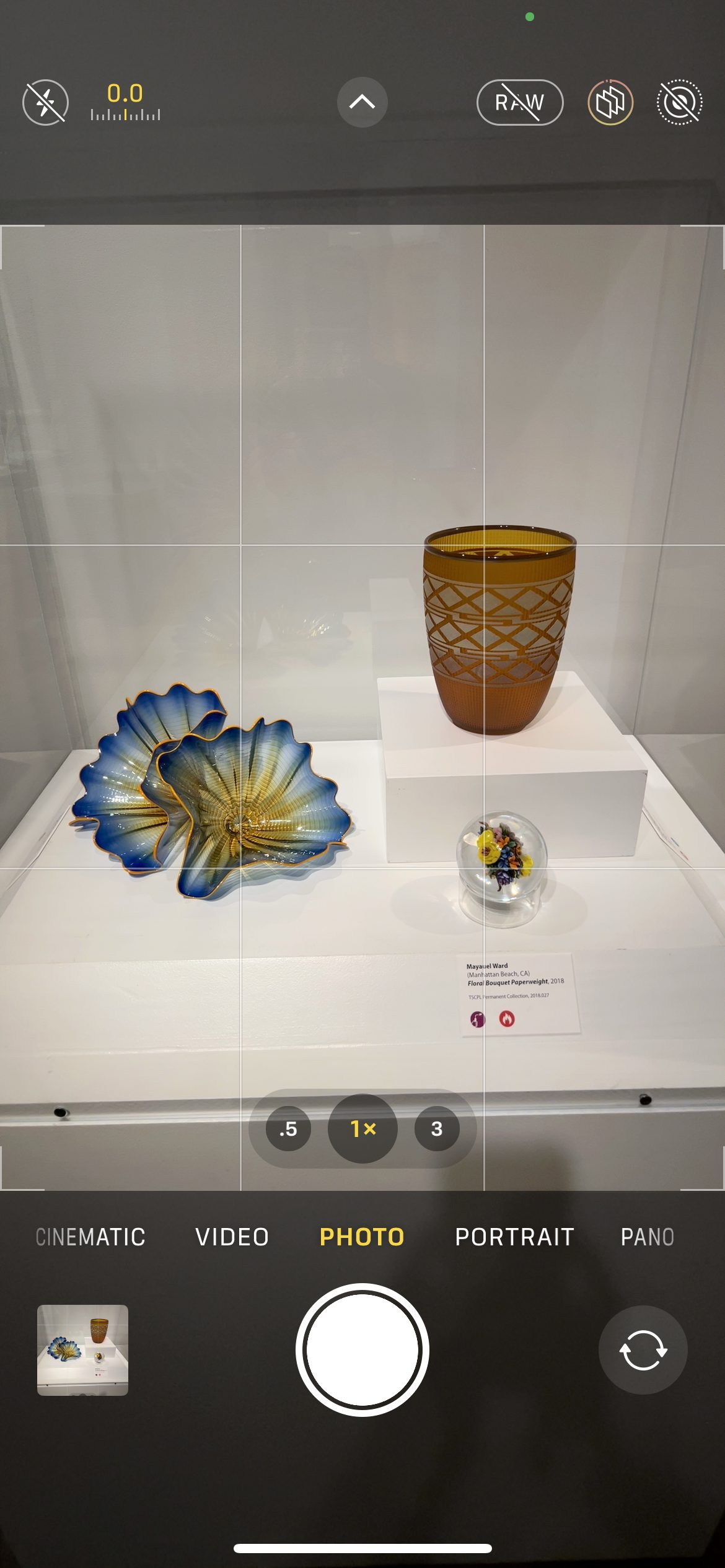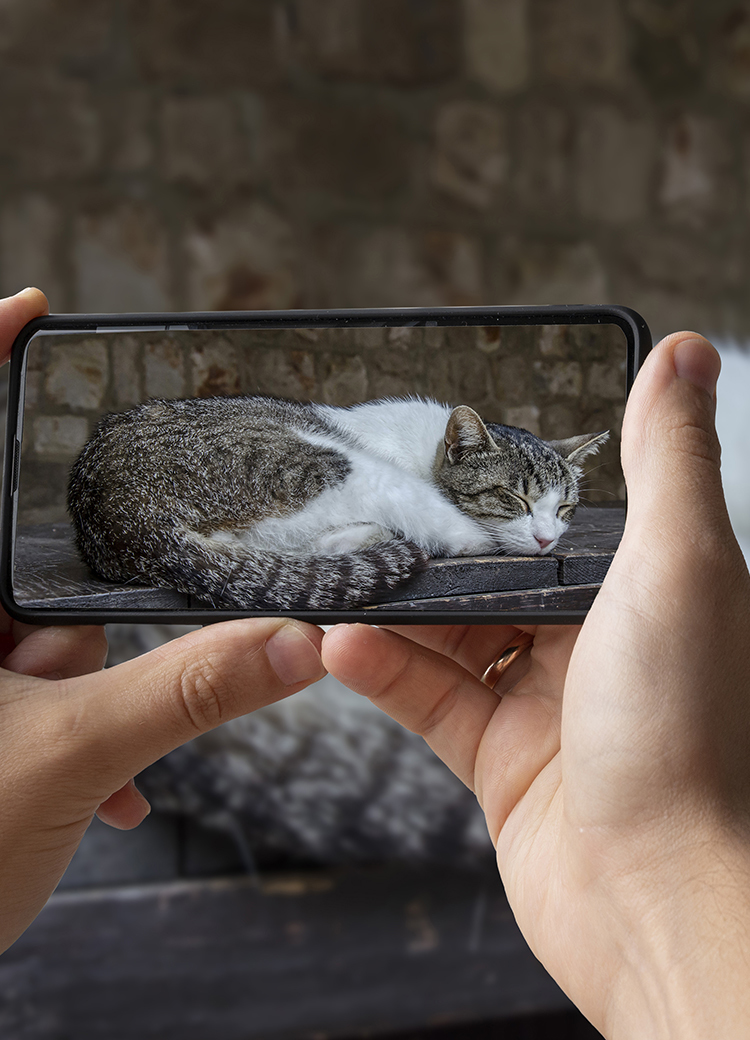Improve your smartphone photography
 Your phone is with you everywhere you go. Even if you use more traditional camera setups, smartphone photography can be a valuable skill and a way to exercise your creative eye. Award-winning photographer and director Chase Jarvis said, "the best camera is the one that's with you.”
Your phone is with you everywhere you go. Even if you use more traditional camera setups, smartphone photography can be a valuable skill and a way to exercise your creative eye. Award-winning photographer and director Chase Jarvis said, "the best camera is the one that's with you.”Smartphone photography fits in the same field as street and candid photography. Most of the shots you take are in-the-moment shots, events or situations you weren’t planning on or that you happen across. That is why it's beneficial to have a greater understanding of the function and controls of your device as well as the fundamentals of photography.
Simple tricks

A blurry photo as a result of not holding still.
There are some pretty simple things you can do to get the best photos possible with your smartphone. First hold the camera steady, lean against something solid or use a tripod and a smartphone tripod adapter. Next do not use pinch and zoom if you can avoid it. That method is a digital zoom and will cause pixelization, blurriness and grain. Keep the horizon straight, this is most helpful in nature photos. In other situations you could use the horizon to create a alternate perspective. To take away undesirable shadows from a subject try using your camera's flash but not as the main light source.
Better compose your photograph

Showing the camera app view of a Rule of Thirds grid
Familiarizing yourself with some of the fundamentals of photography will greatly increase your skill level. First the Rule of Thirds – a composition principle to break a photograph into thirds both horizontally and vertically. Turn on the gird option in your camera settings for a visual aide to help apply this composition fundamental. The idea is to align the main subjects along those lines for balanced and more interesting photos.
Finally think about how the composition pulls the viewers eyes as they look at the photograph. Leading lines are a compositional element to draw the viewers eyes toward points of interest in the photo.
How to switch the grid on
iPhone: Go to "Settings," choose "Camera" and switch "Grid" on.
Samsung Galaxy: Launch the camera app, go to "Settings," scroll down and switch the "gridlines" option to "on."
Lighting
Always be mindful of the lighting situation as you take photos. Lighting can affect many aspects of the photo both aesthetically and technically. If you want to create a certain mood, experiment with the lighting to find what works best to convey that mood. Furthermore if you need the photo to be well lit you might need to add light to a scene. As I mentioned earlier, don't use your smartphones flash as a main light source. Use it as a supplementary light source in daylight. Smartphones do phenomenally well in most lighting conditions. Adding an extra light here or there could improve your photos.
Learn more on photography
If you'd like some detailed smartphone photography training, LinkedIn Learning has more than 700 photography courses and some 63 courses on smartphone photography you can take online for free with your library card. I also created a list of excellent photography books you might be interested in checking out.














